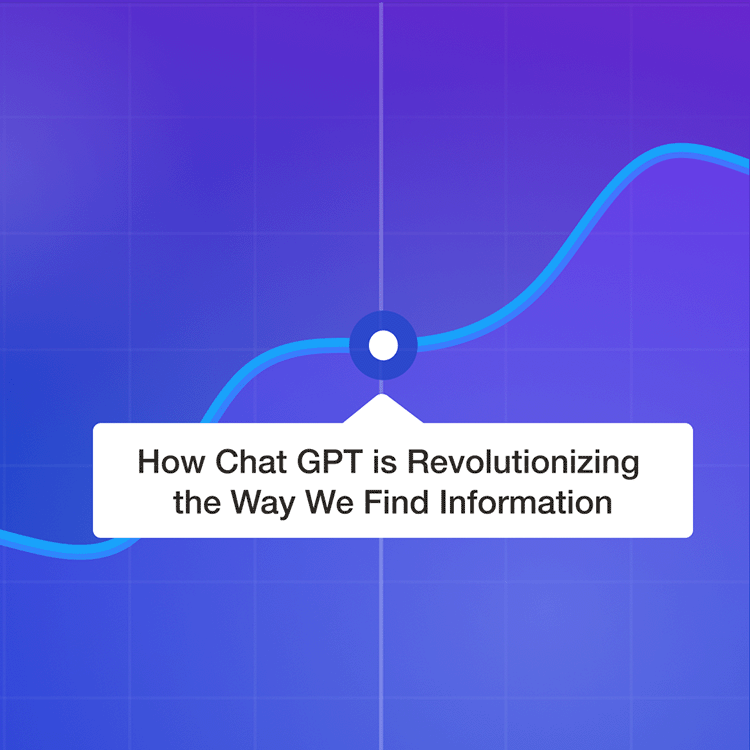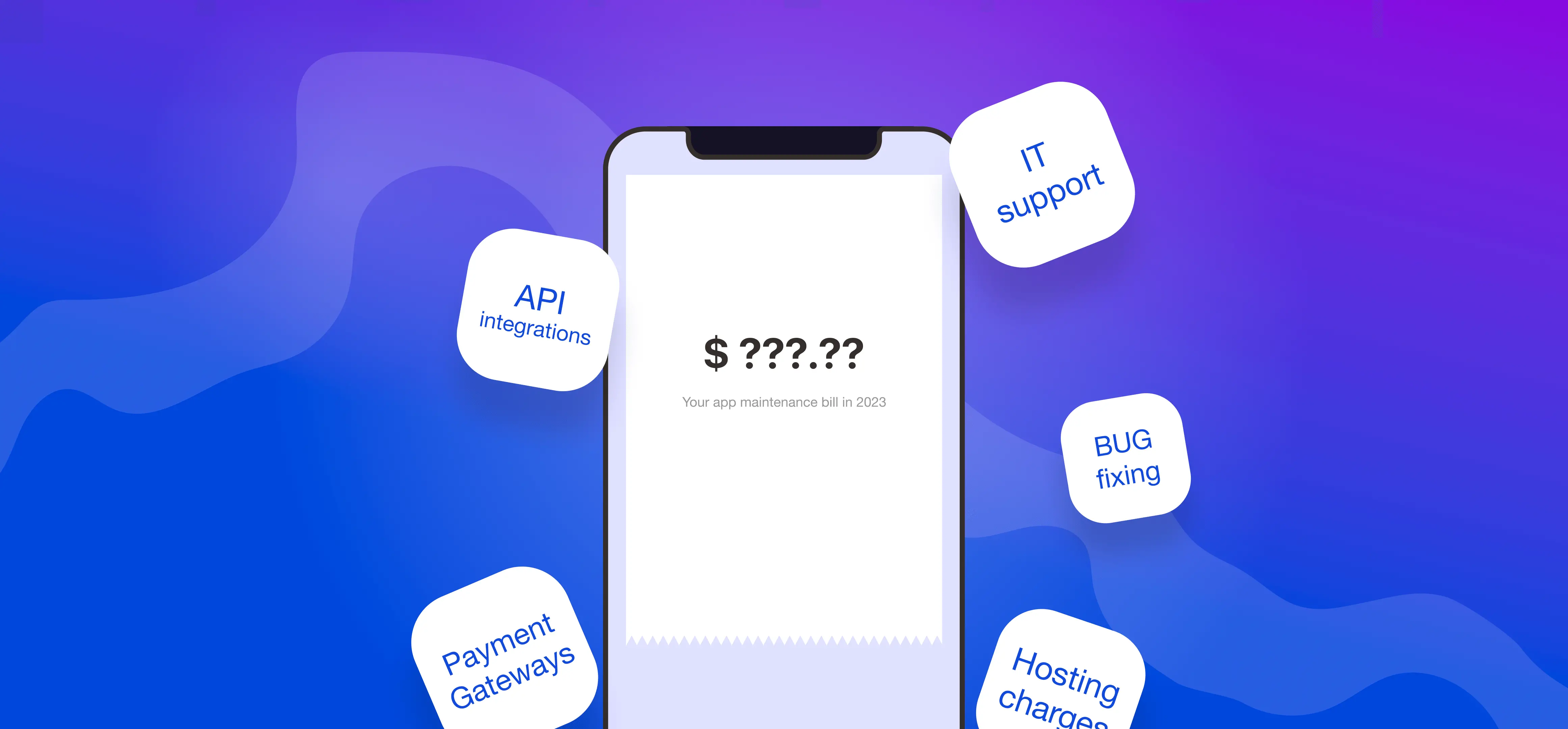ChatGPT-3 VS ChatGPT-4
Since the release of GPT-4, OpenAI's latest language model, there has been much discussion about its capabilities and potential applications. As the successor to GPT-3, which was already a groundbreaking development in the field of natural language processing, GPT-4 has raised the bar even higher. With its enhanced ability to generate human-like language, GPT-4 has already begun to transform industries such as healthcare, finance, and marketing. However, with these new capabilities come new challenges and ethical considerations that must be addressed as we continue to develop and use this technology. In this article, we will explore the differences between GPT-3 and GPT-4, highlight some of the potential applications of GPT-4, and discuss the challenges and ethical considerations associated with this groundbreaking technology.
What is ChatGPT-3?
GPT-3 is a language model developed by OpenAI that uses deep learning techniques to process natural language data. It works by training on a large dataset of text, such as books, articles, and websites, to learn the patterns and structures of human language. Once trained, the model can generate text that is highly accurate and coherent, often indistinguishable from human writing.
One of the strengths of GPT-3 is its versatility. It can perform a wide range of language tasks, from simple tasks such as language translation and summarization to more complex tasks such as question-answering and content generation. It can also adapt to different writing styles and contexts, making it useful for a variety of applications.
However, like any technology, GPT-3 also has its limitations. One of the challenges with language models is their tendency to generate biased or inaccurate responses, especially when trained on biased data. Another limitation is their inability to understand the underlying meaning and context of language, which can lead to errors and misunderstandings.
Despite these limitations, GPT-3 has been used in a variety of applications with impressive results. It has been used to create chatbots and virtual assistants that can understand and respond to natural language queries, as well as to generate content such as news articles and even poetry. It has also been used in education to help students learn and practice writing, and in healthcare to analyze and summarize medical records.
Overall, GPT-3 is a powerful tool for natural language processing with a wide range of potential applications. However, as with any technology, it is important to be aware of its strengths and limitations and use it responsibly.
What is ChatGPT-4?
GPT-4 is the latest language model from OpenAI, and it has already been released. It is considered to be a significant improvement over its predecessor, GPT-3, in terms of its language capabilities, size, and speed.
GPT-4 has a staggering 10 trillion parameters, making it the largest and most powerful language model to date. It is capable of understanding and generating even more complex and nuanced language, including reasoning and contextual understanding. It also has a wider range of multilingual capabilities and can work with several different languages at once.
One of the most exciting features of GPT-4 is its ability to perform even more advanced tasks, such as problem-solving and decision-making. It can learn from a variety of sources, including text, images, and audio, and use this knowledge to generate more informed and accurate responses.
Compared to GPT-3, GPT-4 is faster and more efficient, with the ability to process and generate text at lightning speed. It can also generate higher quality and more coherent responses, with fewer errors and inaccuracies.
Another significant improvement in GPT-4 is its ability to understand and address issues of bias in language. With its advanced language processing capabilities, GPT-4 can identify and correct biases in the data it is trained on, leading to more accurate and fair results.
Overall, GPT-4 represents a major leap forward in the field of natural language processing, with the potential to revolutionize the way we interact with technology and communicate with each other. Its advanced language capabilities, speed, and accuracy make it a valuable tool for a wide range of applications, from chatbots and virtual assistants to content creation and problem-solving.
Potential Applications of GPT-4
With its advanced language processing capabilities, speed, and accuracy, GPT-4 has the potential to impact a wide range of industries and applications. Here are some potential use cases for GPT-4:
1. Healthcare
GPT-4 could be used to analyze patient data and medical records, identifying patterns and providing insights that could help doctors make more accurate diagnoses and treatment plans. It could also be used to generate more accurate and personalized medical advice and recommendations for patients.
2. Finance
GPT-4 could be used to analyze market trends and provide insights to financial analysts and investors. It could also be used to generate more accurate and personalized investment advice for individual investors.
3. Marketing
GPT-4 could be used to generate more personalized and engaging content for marketing campaigns, including social media posts, emails, and advertisements. It could also be used to analyze customer data and provide insights that could help businesses better understand their target audience.
In addition to these specific applications, GPT-4 has the potential to impact society as a whole. For example, it could help bridge language barriers and facilitate communication between people from different cultures and backgrounds. It could also be used to generate more accurate and unbiased news reporting, potentially reducing the spread of fake news and misinformation.
However, there are also potential risks and concerns associated with the use of GPT-4. For example, it could be used to spread misinformation or propaganda on a large scale. It could also be used to create more convincing fake news or deep fakes, potentially leading to further distrust in media and society as a whole.
Overall, the potential impact of GPT-4 on society and various industries is significant, and it will be important to carefully consider the ethical and societal implications of its use as it becomes more widely available.
Challenges and Concerns
While the potential applications of GPT-4 are exciting, there are also several challenges and concerns that must be addressed. Here are some potential issues that could arise with the use of GPT-4:
1. Data privacy
As with any AI technology that uses large amounts of data, there are concerns about how personal information will be collected, stored, and used. It will be important to ensure that data privacy laws and regulations are in place to protect individuals' privacy and prevent misuse of their data.
2. Bias
GPT-4, like any other AI system, is only as unbiased as the data it is trained on. If the data used to train GPT-4 is biased, then the resulting AI system will also be biased. It will be important to ensure that the data used to train GPT-4 is diverse and representative of all groups.
3. Ethical considerations
The use of GPT-4 raises several ethical considerations, such as the potential for the technology to be used to spread misinformation or propaganda. It will be important to carefully consider the potential societal and ethical implications of its use, and to develop guidelines and regulations to ensure that GPT-4 is used responsibly.
4. Automation and job displacement
GPT-4's advanced language processing capabilities may lead to increased automation in certain industries, potentially leading to job displacement. It will be important to develop strategies to mitigate the potential impact on the workforce.
As with any new technology, the use of GPT-4 comes with both potential benefits and challenges. It will be important to carefully consider these challenges and concerns, and to develop strategies to address them in order to ensure that the technology is used in a responsible and ethical manner.
Conclusion
In this article, we have explored the differences between GPT-3 and GPT-4, with a focus on the features and capabilities of the latter. As the latest iteration of OpenAI's language model, GPT-4 has already been released, and it is already being used in a variety of applications.
With its enhanced capabilities for language processing and generation, GPT-4 has the potential to revolutionize industries such as healthcare, finance, and marketing. Its ability to generate human-like language at scale and with speed has the potential to unlock new possibilities for natural language processing.
However, as with any new technology, there are potential challenges and concerns that must be addressed as GPT-4 is developed and deployed. It is important to ensure that the model is trained on diverse and representative data sets, to mitigate the risk of bias and other ethical considerations
Looking to the future, it is clear that AI and natural language processing will continue to play an increasingly important role in our lives. As GPT-4 and other AI technologies advance and become more widespread, it will be important to carefully consider their potential impact on society and to work to ensure that they are used to benefit all members of society.
In conclusion, GPT-4 represents a significant advancement in the field of AI and natural language processing. Its enhanced capabilities and potential applications make it an exciting development for the industry, and one that has already been released and is being used. However, it is important to address potential challenges and ethical considerations as the technology continues to develop and be used in various applications.







